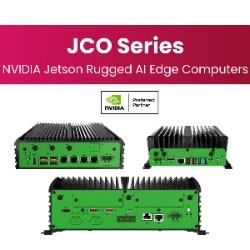Infineon invests S$105 million in Smart Factory
Grocery 4.0: Ocado reshapes retail with robotics and automation
Researchers fire 3-D printed ammo out of a 3-D printed grenade launcher
The optimist's guide to the robot apocalypse
Ford is trying 3D printing for car parts
3D Printing Is Already Starting To Threaten The Traditional Spare Parts Supply Chain
Designing for the digital world
Japan worker shortage has only one winner so far: robots
A 10K tiny house 3D-printed in 24 hours
BeeHex Raises $1 Million For Fresh Food Robots
How Industry 4.0 and BIM are Shaping the Future of the Construction Environment
Dubai company ready to 3D print your house, says 19-year-old founder
Ericsson and China Mobile jointly demo the 5G-enabled Smart Factory at MWC 2017
3D Printing: Should You Go Open Source?
Race For 3D Printing Capacity Could Revive M&A
Records 871 to 885 of 1150
First | Previous | Next | Last
Featured Product

